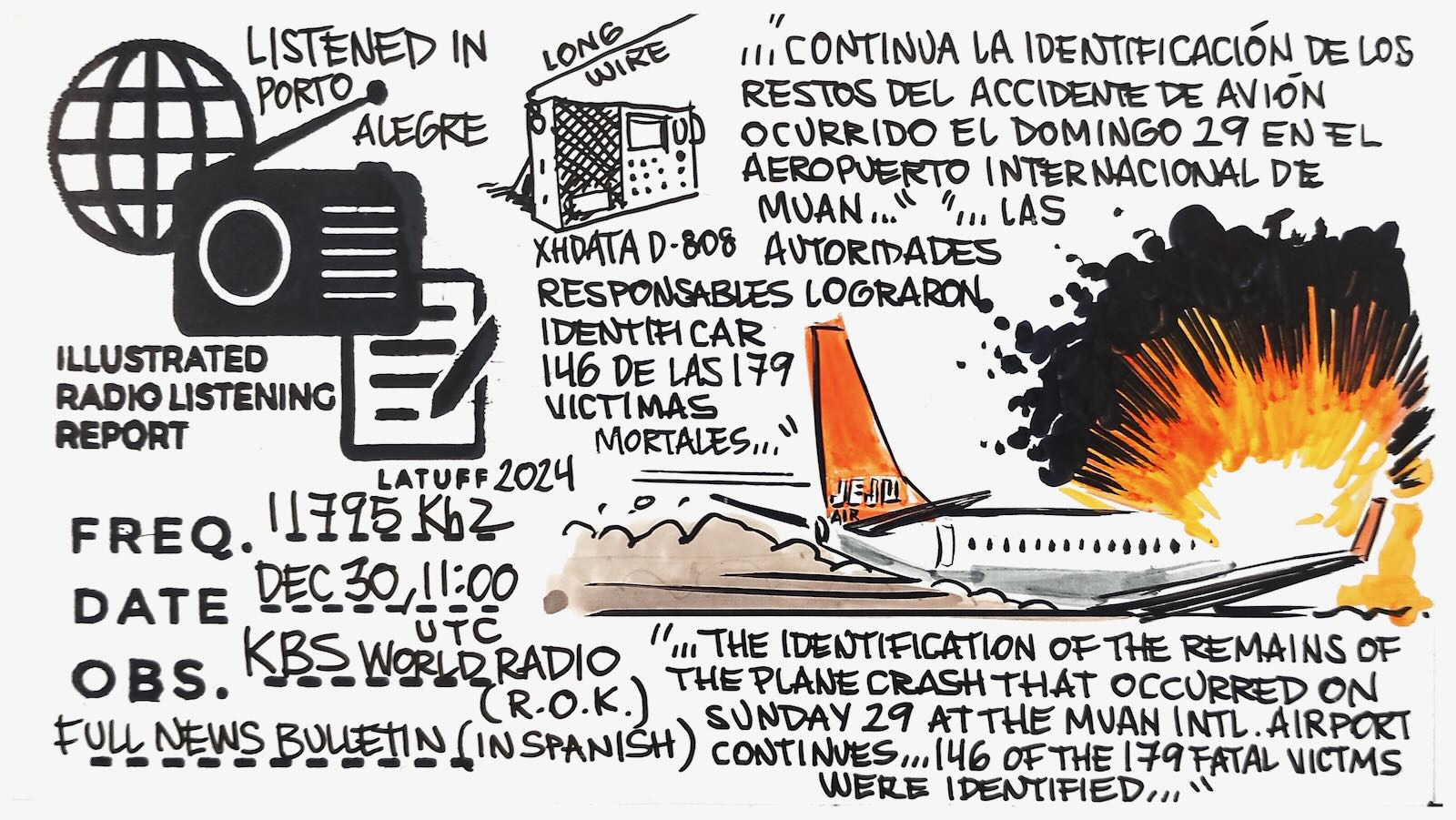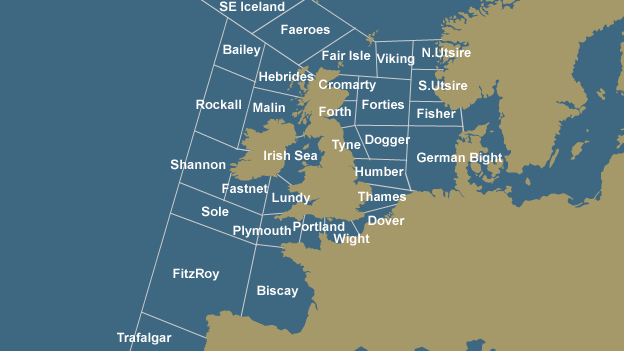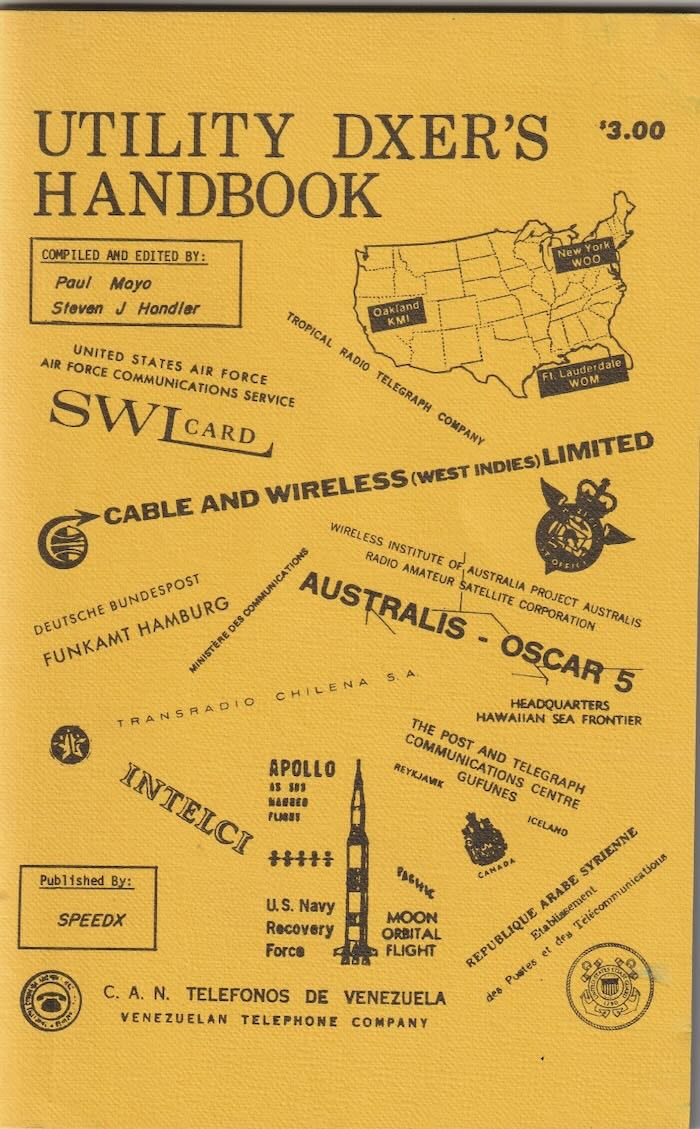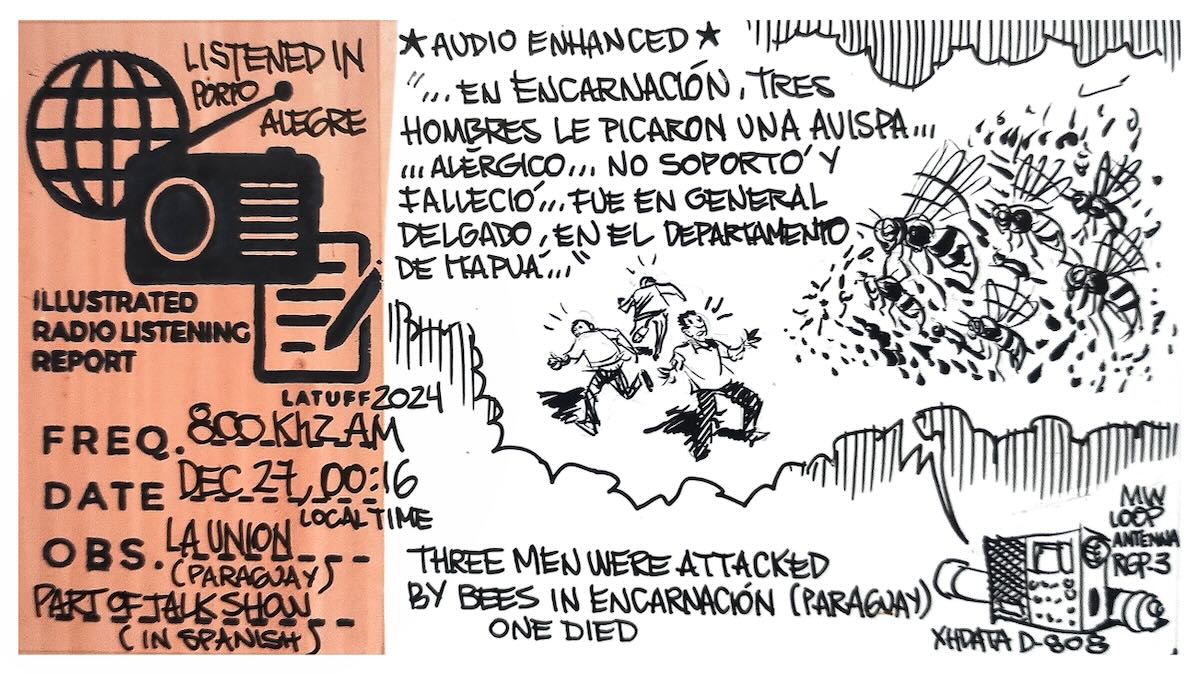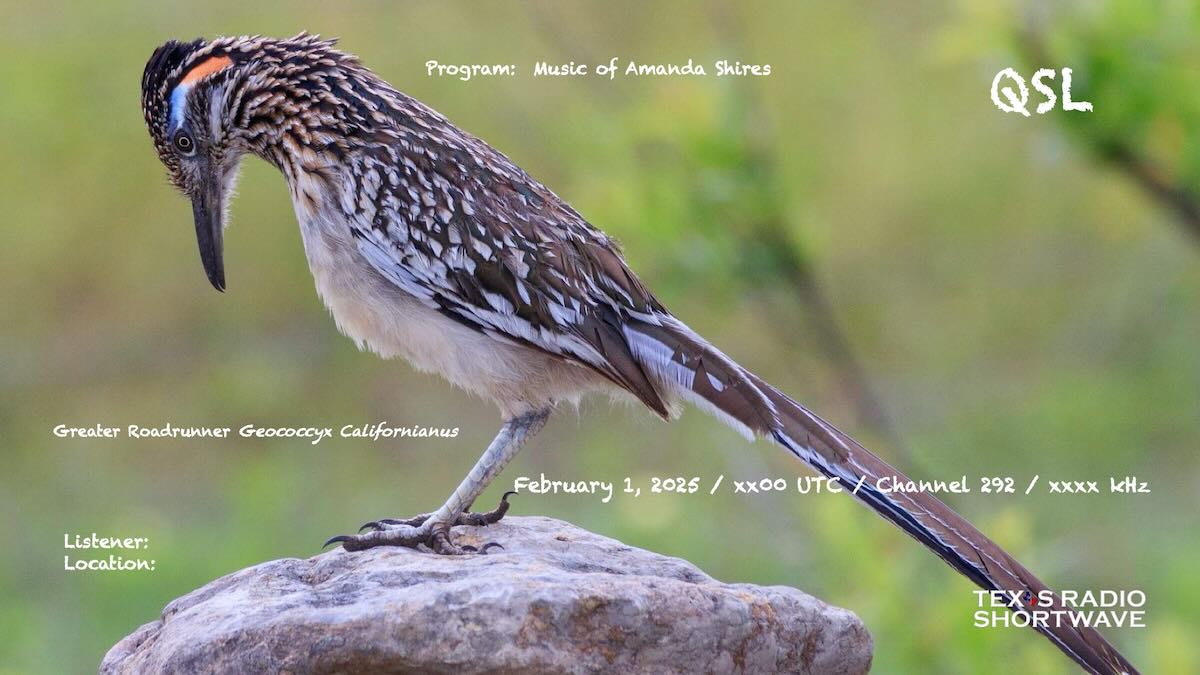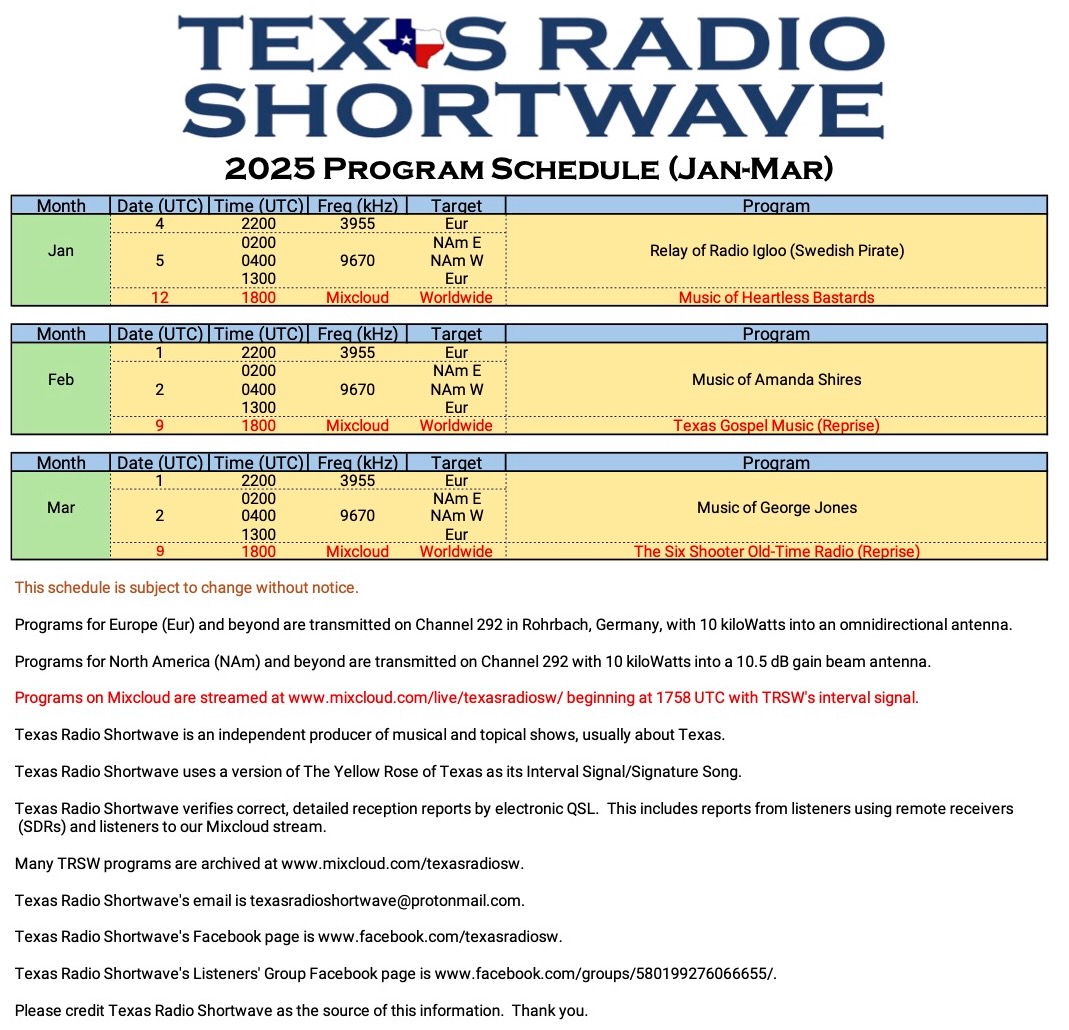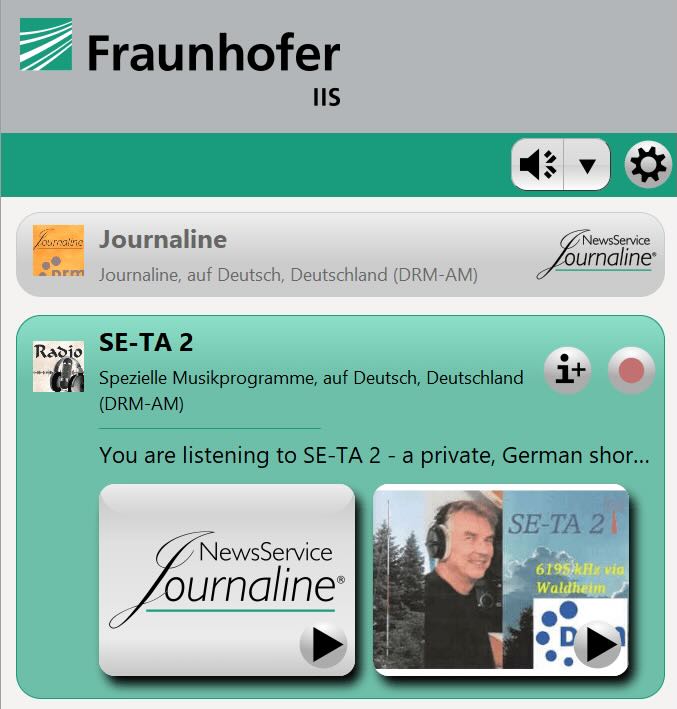Many thanks to SWLing Post contributor and noted political cartoonist, Carlos Latuff, who shares illustrated radio listening report of a recent KBS World Radio broadcast.
Carlos notes:
Hey Thomas my friend, wish you, your family and the SWLing Post community a happy 2025.
Full news bulletin of KBS World Radio (in Spanish), with focus on the tragic plane crash in South Korea that killed 179 passengers. Listened in Porto Alegre, Brazil.
Click here to view on YouTube.
Bonus: Last Kyodo News Morning Edition radiofax of the 2024. Received today in Porto Alegre, 10h20 UTC, 16970 kHz (USB).
Some headlines:
- Japanese woman on business trip to China sentenced to six years in prison for espionage charges for actions in Japan
- Request for arrest warrant for South Korean president
- South Korean plane crash: Recording device retrieved for joint investigation and analysis with U.S. authorities
- Three children dead, mother arrested on suspicion of murder

